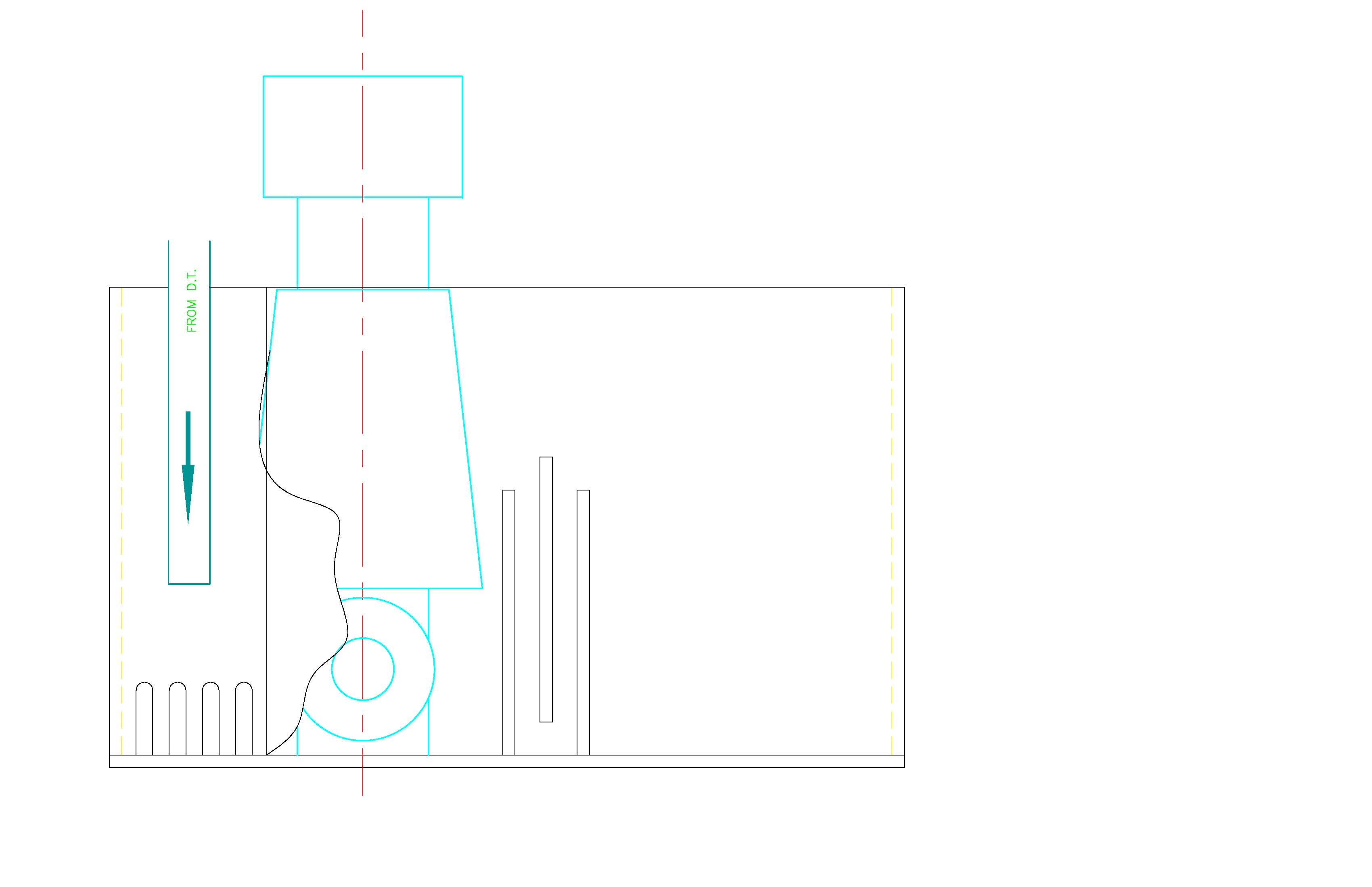Ok, I got another email response back from the guys over at CPR with some questions that we had that Shawn and I want to be sure on. Shawn, brought up the question of having a large overflow with a pump that is well below it's rating. And it does seem that the closer you can get the flow to the rating of the overflow then the more secure the syphon will be.
Also, Flower will want to run the aqua lifter pump 24/7 in order to have the highest chance of success at the prevention of flooding. (Don't freak out, Flower...this is just the best way)
But there are a couple of ways to do it.
1.) Is to run the aqua lifter 24/7 with the output hose submerged underwater in either the overflow, the tank or the sump. This will hold the syphon if the power goes off and will also ensure that the syphon begins draining immediately after the power comes on.
2.) Is to run airline hose from the port on the top of the overflow to a port on a powerhead inside of the tank. This method is recommend to use with a large powerhead as the way that powerheads pull air is not quite as efficient as the way that an aqua lifter pump pulls air.
3.) You can manually start the syphon using your mouth with a piece of airline hose on the port ontop of the overflow with air check valve connected to the end of it in order to aid in the prevention of air building up in the overflow. But air will innevitably build up in time and you would have to periodically remove air from the overflow from time to time. This method is not as efficient as either of the 2 options above or as safe.
Also, in light of the things above...I believe it would be in our best interest to step down one size in overflows. Bringing the rating down from 800GPH to 600GPH. As the CS-90 600GPH overflow would be the one that is most closley rated for Flowers size tank. The only other one smaller than that is the CS-50 which is only rated at 300GPH and that is to small for her.
Shawn, I know that's a little bit more flow than what we had initially talked about. But it still would at least be on the higher end of what we were thinking. We could still get approximately 4x-5x's turnover through the sump while having approx. 1x-2x's through the fuge.
What does everyone else here think? Would the CS-90 be the better choice for Flower?
Any other Ideas?









